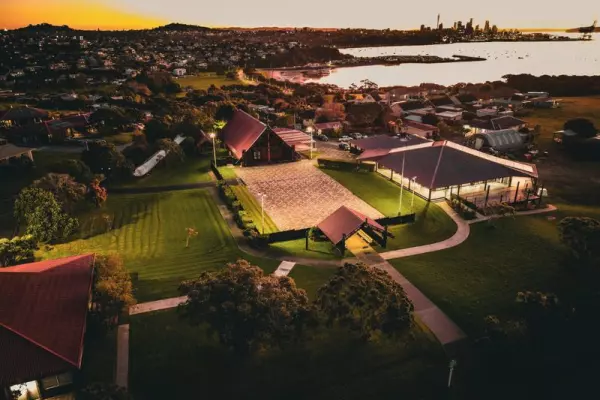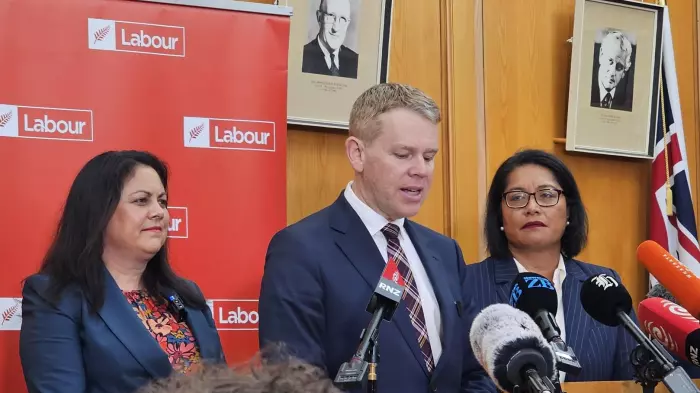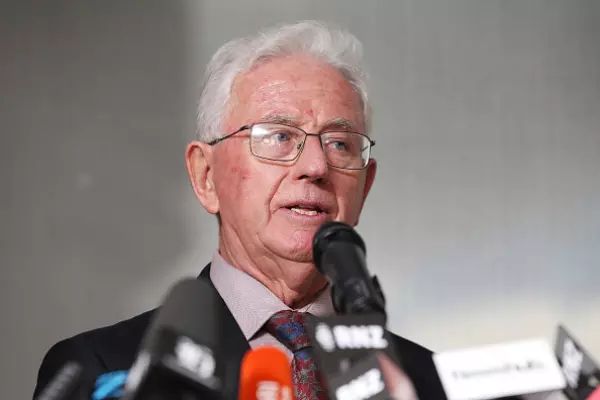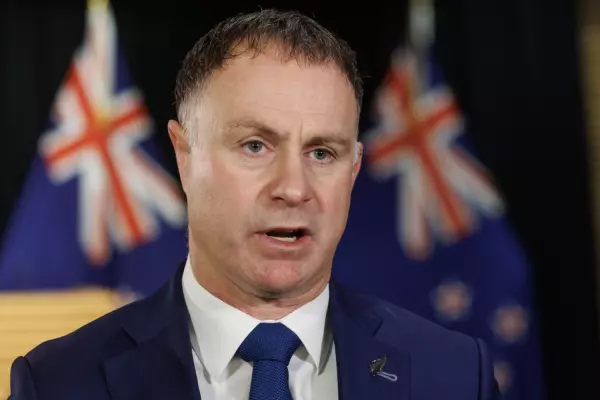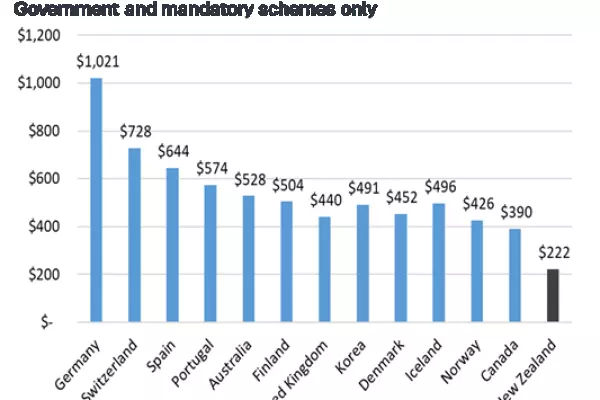Te Pāti Māori president John Tamihere says the healthcare system is “brutal, overt racism, hiding in full sight”.
He said Te Pāti Māori is “disgusted” by the elitism of the system and wants to give Māori easier access to primary care through a targeted healthcare card.
Tamihere was responding to ongoing debate about the changes made to Auckland’s surgery waitlist that now includes ethnicity as an equity adjustment factor.
He told BusinessDesk he fully supported the recent 'innovative' changes put in place by Te Whatu Ora Te Toka Tumai (the former Auckland district health board).
He slammed the present system, saying it didn't treat everyone equally.
“We are disgusted at the elitism of the present system that argues we are all treated equally. That is true if we all start on the same level.
“Māori are referred for fewer blood tests and fewer specialist reviews.
“We are deemed to be a no-show if we struggle to make the appointments.
“If we are lucky to get on a waiting list, we often cannot take the surgery because we cannot afford time off or we cannot meet the precursors set for an operation.”
'Normalised discrimination'
Tamihere said it wasn’t simply just “systemic racism or unconscious bias” but normalised discrimination.
In a bid to level the playing field, Tamihere said Te Pāti Māori wanted to ensure equitable access to primary care for every Māori in New Zealand.
“We want every Māori to have a health card and every dollar voted to Māori health is credited to that card on a per capita basis.”
This would mean that instead of the capitation funding general practices received, the funding is allocated to a healthcare card instead of directly towards the GP.
There are varying levels of funding allocated, based on several factors: whether a person is enrolled with a GP, if they have a high-use health card, their gender and age.
For example, an enrolled child aged between 0-4 years that has a high-use health card is funded for $702.74 – the highest level of funding for an enrolled patient. Conversely, an enrolled male aged 15-24 without a high-use card is allocated only $75.56.
Currently, the NZ health system has several concession cards, such as the community services card for those on a low income, the SuperGold card for senior citizens, and payment cards for people on a benefit to purchase goods and services.
Māori healthcare card fairer
Tamihere said the card he has suggested would circumvent the capitation funding being allocated to clinics that don’t provide services for Māori. “That is a rort, taking our money but delivering nothing for it."
Tamihere claimed that in 2020, $24 million was paid out to doctors' clinics in Tāmaki Makaurau/Auckland without any Māori visiting or being seen.
In a joint statement, Te Whatu Ora group manager of primary care system improvement and innovation Adeline Cumings, and Cherie Seamark, who is Te Aka Whai Ora Māori Health Authority group manager of primary and community care, said a key priority is improving access to equitable healthcare.
They said the recent health and disability sector reforms now provide an opportunity to reorient the health system.
“It ensures we have a partnership with Māori in leading the design and delivery of services.”
Having Māori across all levels of the system supports a partnership in designing services that work for them – one that is equitable, accessible and responsive to whānau and community, the statement said.
Capitation-based funding was no longer fit for purpose, they said, because they knew it did not account for ethnicity, health disparities or the burden of disease in a community.
The statement said the model is one of many funding tools to help low-income patients in the health system.
The community services scheme continued to be an important funding model that supports affordable access to GPs. Consultations are capped at $19.50 for adults.
The very low-cost access scheme is another funding tool. It provides extra funding to GPs who keep their patient fees at or below zero fees for children under 14 years, $13 for young people aged 13-17 years, and $19.50 for adults.
“This is intended to prioritise a number of people who experience inequitable health outcomes, including low-income earners and Māori and Pacific peoples," the statement said.
Te Whatu Ora funds several services to improve health outcomes for Māori, through kaupapa Māori providers, Public Health Organisations and GP teams, it said.
“This includes capitation funding and additional services including, but not limited to, diabetes, cardiovascular disease, cervical screening, long-acting reversible contraception, podiatry, after-hours care, mental health, Covid care, testing and vaccination.”
$86 million allocated
Money was allocated in the 2022 Budget to boost capitation funding and $86 million was allocated over four years, the statement said.
“This is to reduce the cost of accessing primary healthcare for New Zealanders on lower incomes.”
Te Whatu Ora, in partnership with Te Aka Whai Ora and Manatū Hauora Ministry of Health, is continuing to work with the primary care sector to address disparities in the community.
The Māori Health Authority and Te Whatu Ora were set up following the Pae Ora Healthy Futures Act 2022 legislation.
The act aims to protect, promote and improve the health of all New Zealanders and achieve equity in health outcomes by striving to end health disparities, in particular for Māori, and build pae ora (healthy futures).





